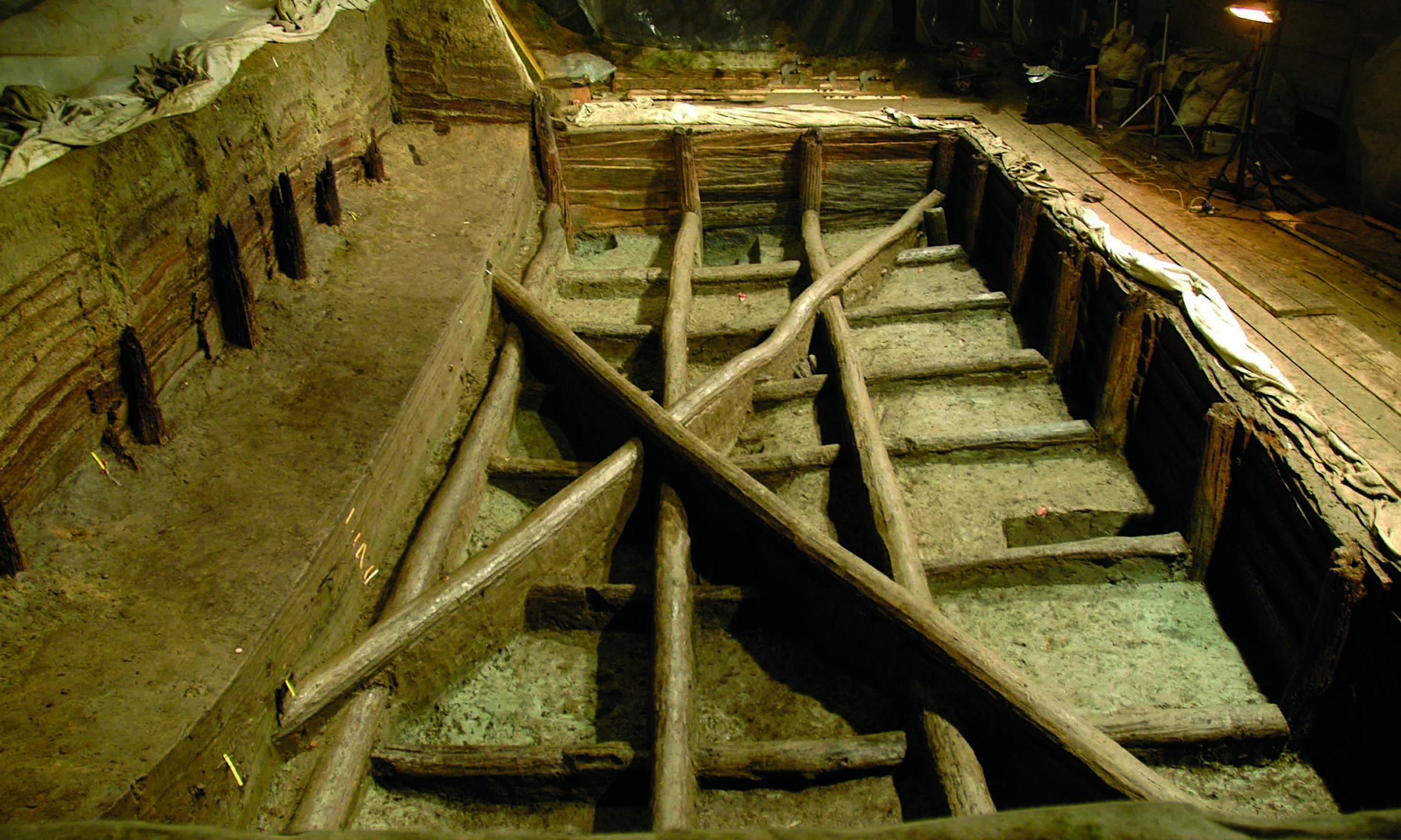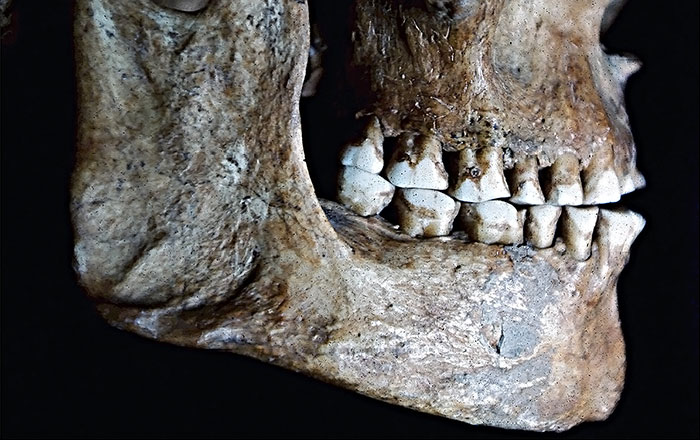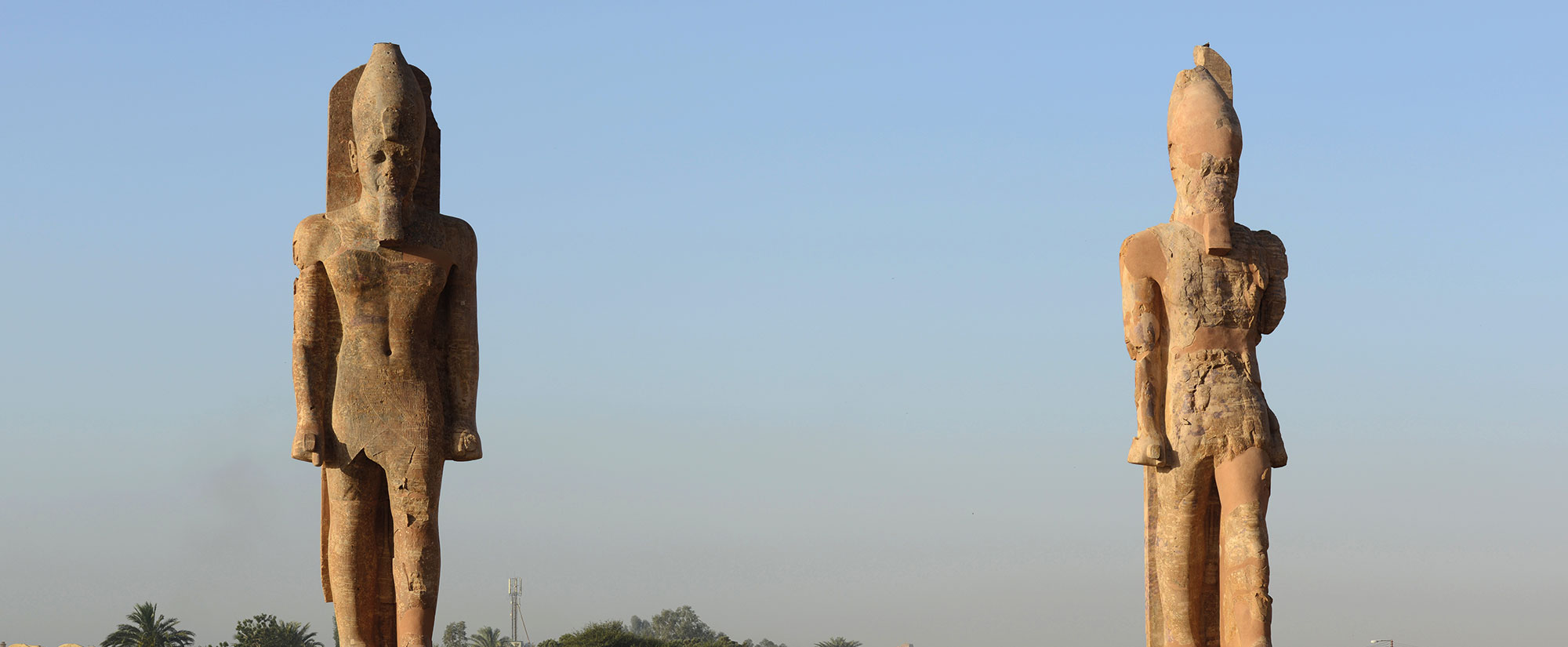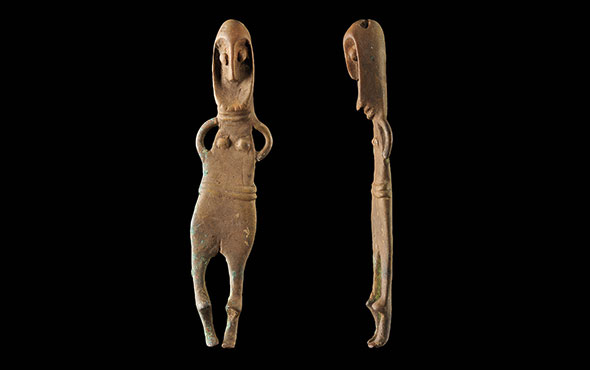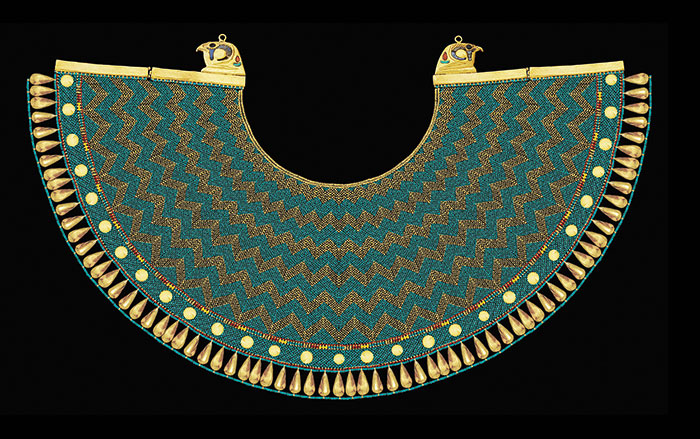
MONTPELLIER, FRANCE—Science Magazine reports that genetic studies led by Julie Sardos of the Alliance of Biodiversity International suggest that two unknown species of wild banana contributed DNA to the modern fruit. In 2020, when Nabila Yahiaoui of the French Agricultural Research Center for International Development and her colleagues compared the genomes of 24 wild and domestic bananas, they found that DNA in some of the samples did not match DNA in any of the other samples. In an attempt to track down the origins of these genes, Sardos and her colleagues sampled DNA from 68 wild banana relatives and 154 types of cultivated bananas, including 25 from Papua New Guinea, where bananas are thought to have been first domesticated. They found that “banksia,” a subspecies of the wild banana Musa acuminata, was likely the first to be cultivated in New Guinea. The genetic diversity of modern banana varieties currently grown in New Guinea indicates that early farmers continued to cross their domesticated crops with wild relatives. In addition, the analysis suggests that as-yet-unidentified wild bananas growing in Thailand and somewhere between northern Borneo and the Philippines also contributed to the modern banana. Read the original scholarly article about this research in Frontiers in Plant Science. To read about the introduction of bananas to Vanuatu 3,000 years ago, go to "Around the World: Vanuatu."



